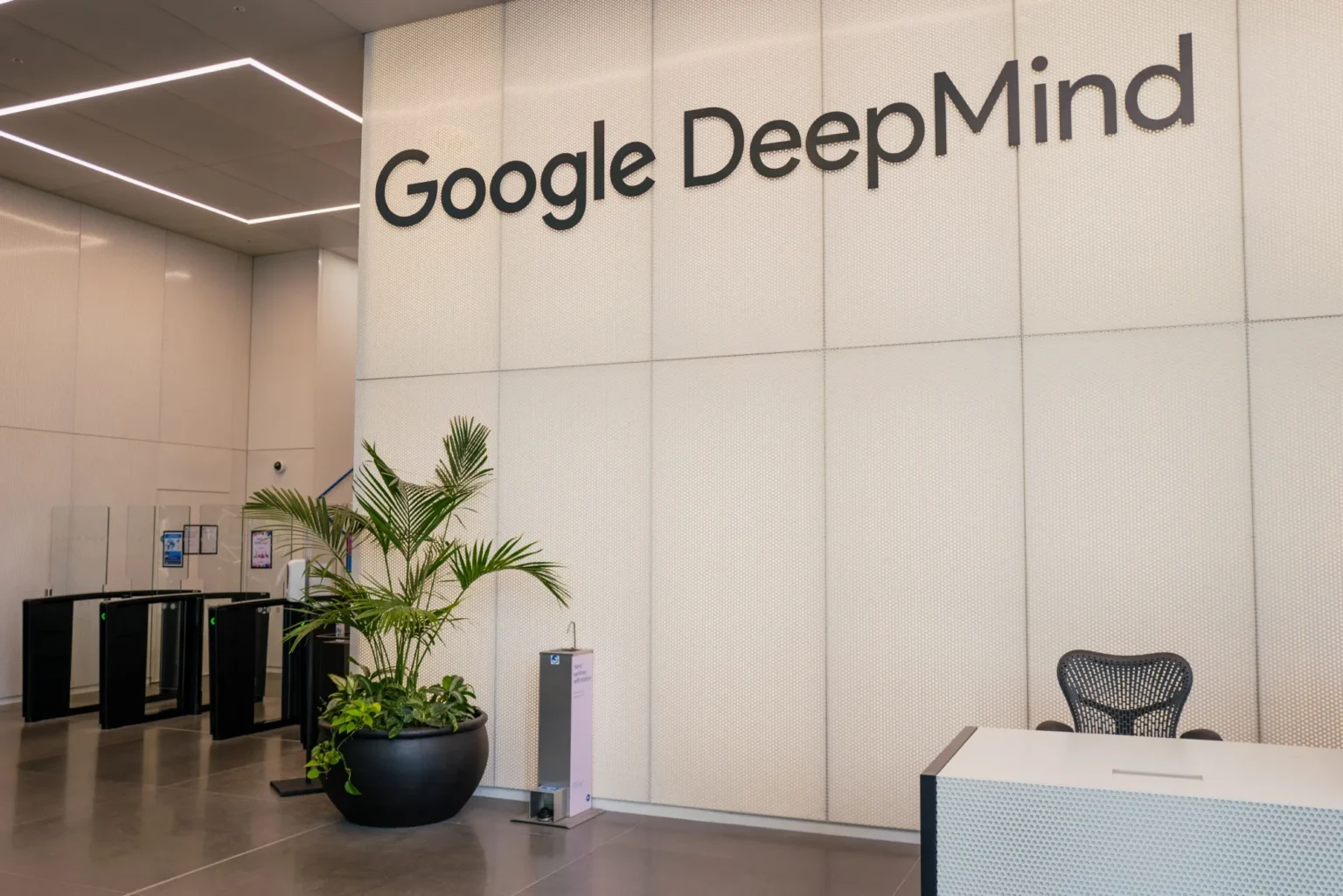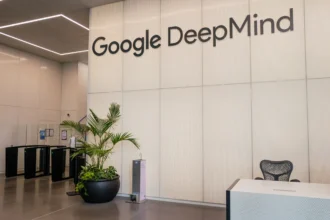The 2024 Nobel Prize in Chemistry has spotlighted groundbreaking developments in artificial intelligence (AI), with half of the award going to David Baker from the University of Washington and the other half shared by Demis Hassabis and John M. Jumper from Google’s AI research lab, DeepMind. Their creation, AlphaFold, is transforming the world of molecular biology, opening new avenues in health and disease research.
AlphaFold, a deep learning machine, has become a crucial tool for researchers worldwide, with its ability to predict protein structures in minutes, a task that traditionally took scientists months or even years in laboratory settings. This technology could reshape drug development, leading to revolutionary new treatments for various diseases.
But what exactly does AlphaFold do? Why has it garnered so much attention, and how is it changing the way we understand biology?
Understanding AlphaFold: The AI that Predicts Protein Structures
Proteins are the building blocks of life, consisting of chains of molecular “beads” made up of 20 different amino acids. These chains fold into 3D structures, and the shape of a protein directly impacts its function. While DNA research has helped us understand the sequence of these amino acids, predicting how they fold into functional shapes has always been a challenge. This is where AlphaFold shines.
Before AlphaFold, scientists spent years unraveling these protein structures using painstaking laboratory techniques such as X-ray crystallography. The process involved testing proteins under different chemical conditions, observing how they reacted, and then shooting them with X-rays to work out their atomic structure. The resulting data would then be stored in a global resource called the Protein Data Bank.
AlphaFold, trained on this vast database of known protein structures, can now predict these shapes with unprecedented speed and accuracy. This AI-powered leap is accelerating our understanding of biology, making it easier to explore how proteins function in the human body.
A Personal Journey with AlphaFold
As a beta tester for AlphaFold, I had the chance to see firsthand how this technology works. My career has spanned several decades, beginning in the late 90s when I used nuclear magnetic resonance (NMR) spectroscopy to study protein structures. This method, which is similar to an MRI scanner, fell out of favour due to technical limitations but is now experiencing a resurgence thanks to AlphaFold.
NMR spectroscopy is one of the few techniques that can observe molecules in motion, offering dynamic insights into protein behaviour. AlphaFold, especially in its latest iteration AlphaFold3, has breathed new life into this research, allowing for the study of more complex and varied molecules, such as DNA and metals, and even simulating chemical signalling within cells.
At King’s College London, my lab used AlphaFold3 to predict the structure of two bacterial proteins involved in hospital superbug resistance. Previous versions of AlphaFold struggled to predict how these proteins interacted. However, the latest version cracked the puzzle on its first attempt.
This advancement shows the vast potential of AlphaFold to revolutionise our understanding of not only static protein structures but also their dynamic movements. Protein flexibility, shape, and structure are essential for their functions, and AlphaFold is moving us closer to fully grasping how these “jiggling and wiggling” atoms, as Nobel laureate Richard Feynman put it, drive life.
The Future of Molecular Biology and Healthcare
The Nobel Prize recognition of AlphaFold will undoubtedly propel the AI-driven quest to decode the molecular machinery of life further. This technology’s potential to influence the development of new medicines, vaccines, and treatments is unparalleled. We are just beginning to scratch the surface of what this AI can do, but the results so far are incredibly promising.
While there is still work to be done in refining AlphaFold’s predictions and validating them through experimental methods, the combination of computational and experimental approaches is shaping the future of molecular biology. With AlphaFold, the days of spending years on single protein structures are coming to an end. Instead, we are entering an era where such breakthroughs happen at the speed of AI.
Conclusion
Google DeepMind’s AlphaFold has earned its place as a game-changing tool in molecular biology, with implications that extend far beyond the laboratory. As we continue to explore the vast potential of AI in healthcare, AlphaFold stands at the forefront of what could be a new golden age of scientific discovery. The technology offers hope for better treatments, faster drug development, and a deeper understanding of the human body, all driven by the power of artificial intelligence.








